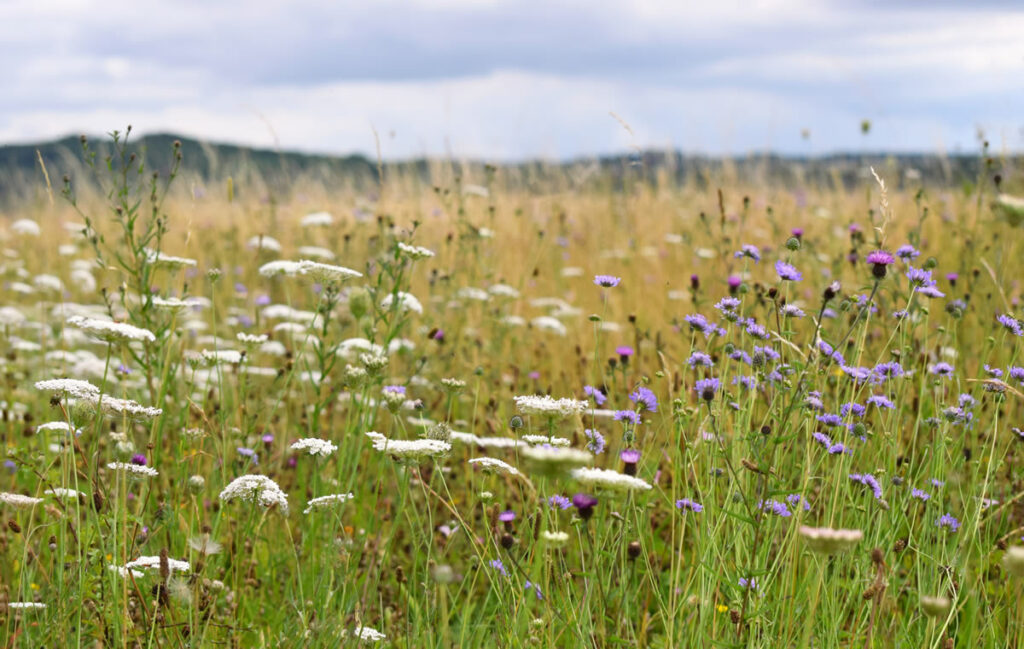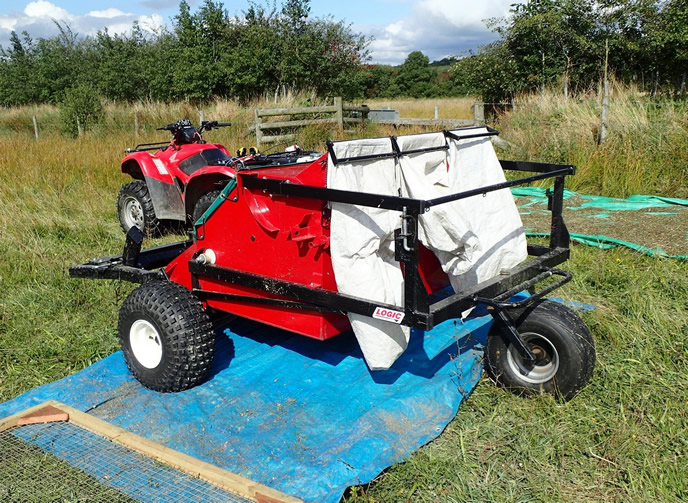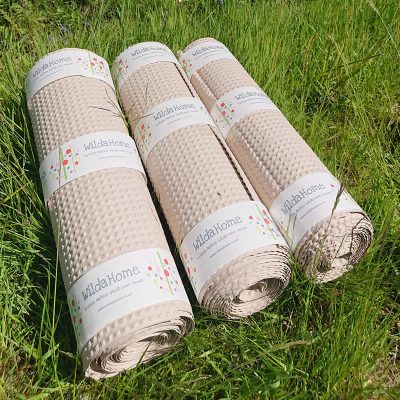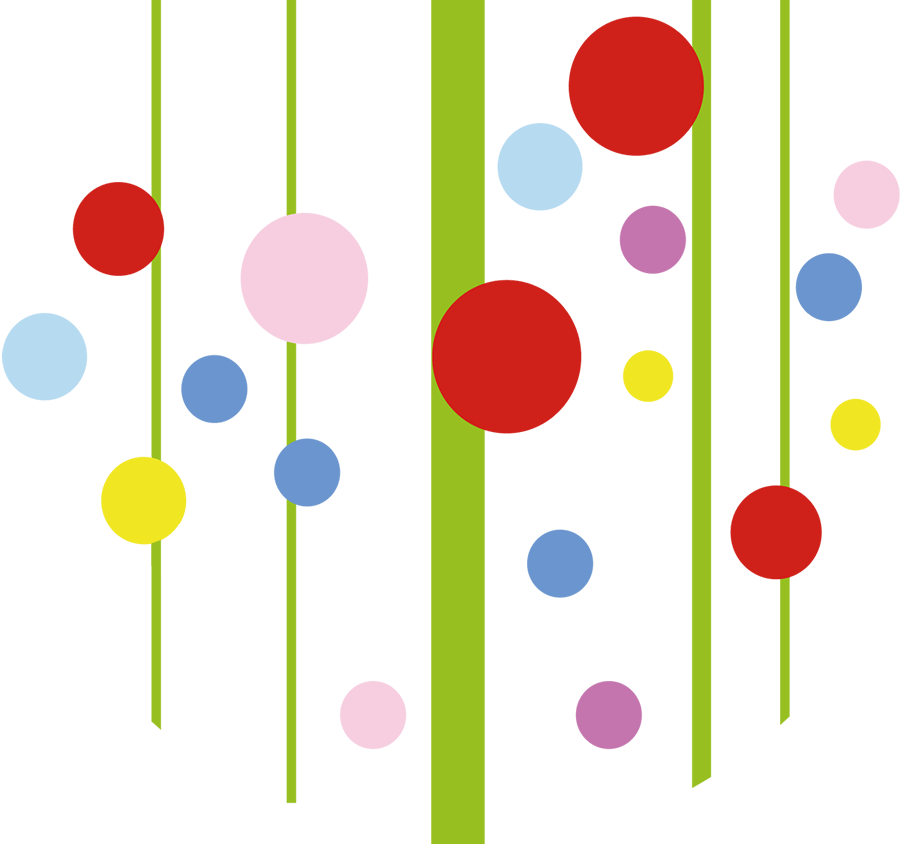Reap What You Sow: Sourcing and Sowing Locally Sourced Wildflower Seeds
Can you think of anything more romantic than a field of wildflowers? That’s precisely what you will get when you source and sow locally sourced wildflower seeds – and it’s easier than you might think.
With the proper preparation, a few simple tools and a bit of knowledge, you can quite easily create a visually stunning garden filled with the most vibrant shades of colour that nature offers. From preparing your soil to selecting the correct type of seed, we’ll share all the tips and tricks you need to know to make this eco-friendly gardening project successful.
Whether you opt for traditional sowing or a seed mat, we’ll also explain how these strategies differ and why this method might suit your climate or preferred environment. So if you’re ready to turn a common green space into an extraordinary one, let’s start our journey into Wildflower Sowing!
Choosing the Right Wildflower Seed Species
When sowing wildflower seeds, you want to ensure you get the suitable species for your region. Not all wildflower seed species can flourish in all climates, so it’s best to research to determine which seeds will grow best in your area.
What’s excellent about sourcing and sowing locally sourced wildflower seeds is that you can support native communities and provide habitats for local insects and other creatures. You won’t have to worry about your wildflowers surviving as local strains have adapted naturally to their environment, making them more resilient and drought-tolerant than imported species.
Another bonus of sourcing native plants is that they require less maintenance than other non-native plants since they don’t need additional fertilising or frequent watering like non-native species. To ensure success when sowing seeds, opt for a seed mat; it locks in moisture and keeps the temperature consistent while protecting your new plants from animals or birds that may otherwise feast on them before they can take root.

Benefits of Locally Sourced Wildflower Seeds
One of the best ways to reap the benefits of wildflowers is to source them locally. There are many advantages to sourcing locally grown seeds and using seed mats, as opposed to other non-locally sourced varieties.
Selecting locally sourced makes you more likely to get top-quality seeds that can handle various climate conditions. Plus, because they have adapted to conditions in the area, they will have a better chance of thriving in your soil.
Another benefit to buying local wildflower seeds is that you can support your local farmers and businesses that help sustain the surrounding ecosystems and agriculture. And with fewer packaging materials used for shipping them from long distances, you’ll also be helping reduce your carbon footprint!

Another benefit to buying local wildflower seeds is that you can support your local farmers and businesses that help sustain the surrounding ecosystems and agriculture. And with fewer packaging materials used for shipping them from long distances, you’ll also be helping reduce your carbon footprint!
Finally, when you use seed mats or other methods of sowing locally sourced wildflower seeds, you’ll be helping rebuild habitats for birds and butterflies, which can benefit your garden
and the environment. Overall, there are many great reasons to use locally sourced wildflower seeds!
Wildahome’s expertise in sourcing and supplying native British wildflower seeds comes from years of experience and partnerships with landowners, farmers and growers throughout the UK.
Including growing and collecting from our own fields.
Preparing For and Sowing Wildflower Seeds Using a Mat
Ready to get started on your wildflower-growing journey? Sowing locally sourced wildflower seeds is the way to go since the plants will suit your climate and soil conditions. But even better are seed mats. Seed mats are pre-prepared with a mix of wildflower seeds, so you don’t have to do any guesswork in sowing your seeds.
The process of sowing wildflower seeds gets broken down into three steps:
- Preparing the soil: Loosen the top few inches and remove any weeds and other materials, like rocks. This will ensure the seeds can make solid contact with the soil and germinate successfully.
- Spread 50% of the seed mat soil improver mix (supplied) onto the prepared soil, where the mat will be positioned.
- Applying seed mats: Unroll the seed mats onto your prepared beds or fields.

4. Damp the mat all over (don’t soak)
5. Spread the remaining 50% of the seed mat soil improver mix over the mat.
6. Cover the mat with a light layer of soil (about ¾ to 1″ inch). When using a seed mat, you don’t have to worry about the spacing or depth; it’s all taken care of for you!
7. Water them in. After applying your seed mats, thoroughly water them to help the seedlings get through dormancy and into growth more quickly. Once you’re done, keep the area moist until your new wildflowers are growing strong!
By taking these steps when sowing wildflower seeds, sourcing locally grown ones, and using pre-prepared ones in mats where possible, you’ll surely reap what you sow this season!
Wildflower Seed Mats: An Easier Way to Sow
You don’t have to do the hard work when sowing seeds. Instead, use wildflower seed mats, a perfect and easy way to sow.
Wildflower seed mats comprise a porous mat and local flower seed mix that has been carefully selected for the local region. The benefits? You don’t have to spend so much time digging or preparing the soil (just a little light breaking up will do); your wildflower garden will provide a haven for birds, bees and other pollinators. Using local species helps keep native plants strong and healthy, protecting local biodiversity.
You can also lay out multiple mats in the same area for variety – make sure to place them at least 10cm apart so they don’t mingle together too much. When done correctly, this simple procedure will result in a low-maintenance display of nature’s most beautiful creations – perfect for any garden enthusiast!
Aftercare for Your Wildflower Meadow
Another thing you need to know about sowing wildflower seeds is the care required. Wildflower meadows are low maintenance, and even less gardener intervention is needed when you use locally sourced wildflower seed mats.
Though they don’t require much care, there are still some things to keep in mind when it comes to taking care of your meadow:
Watering
Water your wildflower meadow for the first few weeks after planting. But keep an eye on it because too much water will cause the seeds to wash away. The general rule is that you won’t need additional watering if you receive rain at least one inch every week.
Weed Control
Weeds can be a real issue with wildflowers. To combat this, practice prevention by pulling weeds that pop up while still young and applying mulch around your plants. If chemical weed control methods are necessary, opt for low-toxicity treatments, hand hoes, or flame-weeding methods.
Pruning & Deadheading
This is an optional practice but something that may benefit your wildflowers: pruning and deadheading will encourage new growth and better flower production, as well as remove taller plants so that shorter flowers can get sufficient sunlight. Deadheading also prevents the plant from going to seed too quickly, which could exhaust its resources (energy & nutrients) sooner than expected.
Aftercare for your new wildflower meadow doesn’t have to be a chore; by taking the time now to understand how best to look after your plants and prevent weeds from popping up, you’ll be able to
All the Advantages of Locally Grown – Locally Sourced Wildflower Seeds
There are several benefits beyond esthetics when it comes to sowing wildflower seeds. Not only does buying locally sourced wildflower seeds help preserve vital pollinator habitats, but it can also help increase biodiversity and promote food security in your area. Using seed mats makes sowing more accessible and efficient, so you don’t spend hours doing it.
By sowing wildflower seeds, you can help your local ecosystem and provide abundant flowers and food sources for local birds and pollinators. So, if you want to add a bit of beauty and biodiversity to your home, reap what you sow and source local wildflower seed!


